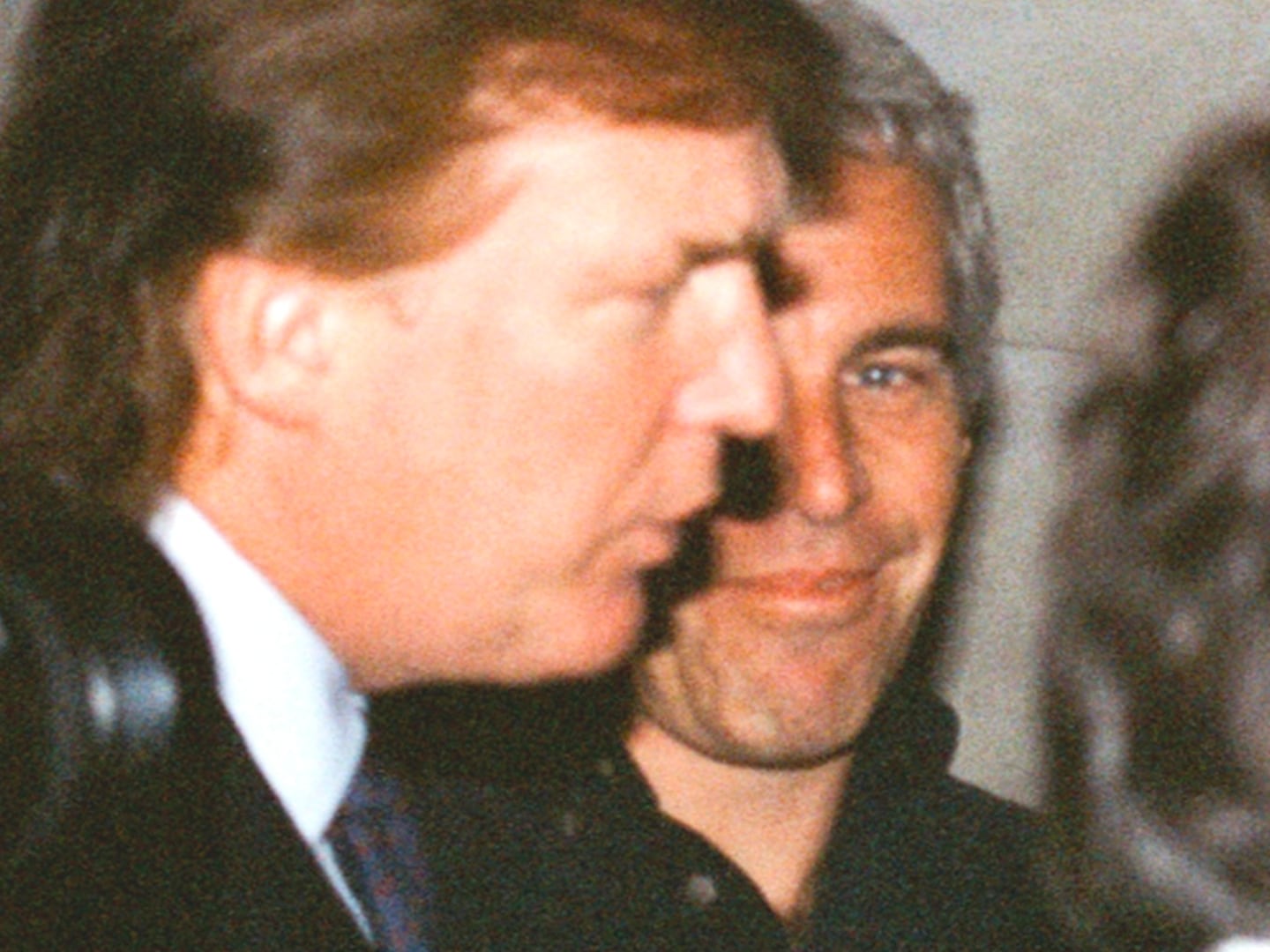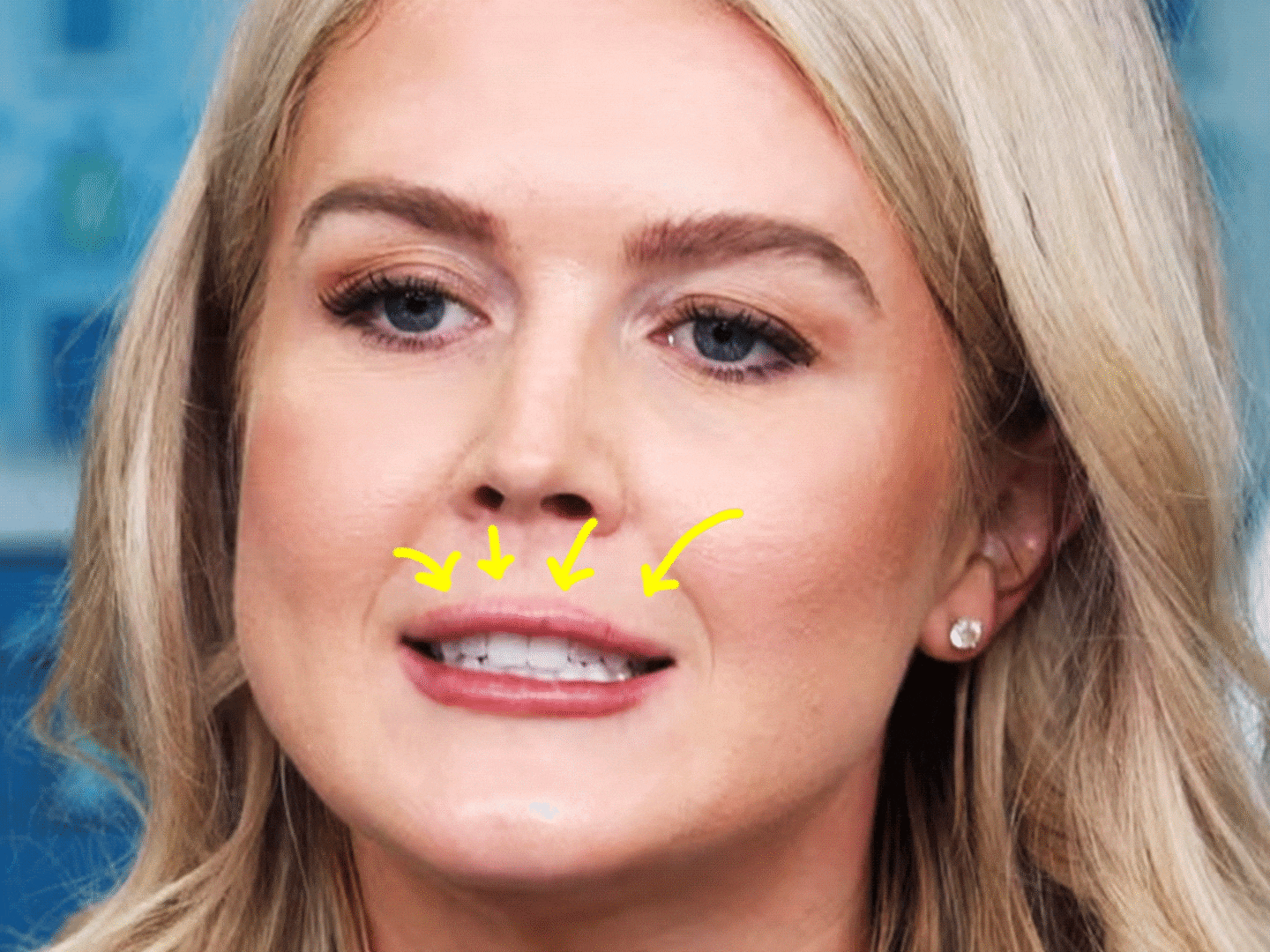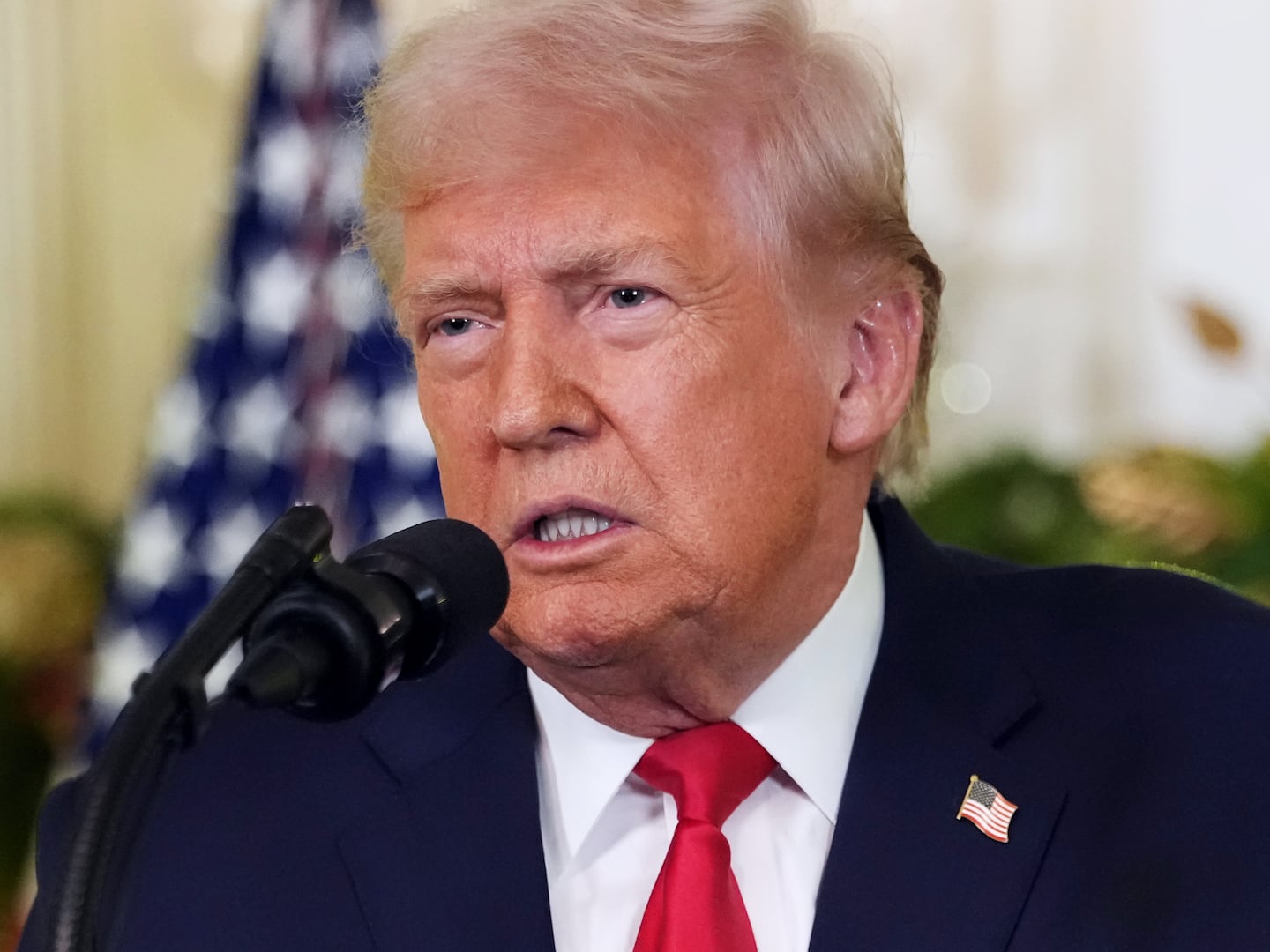
Over and over, as the credit crisis flared up, burned ferociously, and now seems at the very least to be smoldering, thanks to trillions of dollars poured on it by Uncle Sam, people have been asking: "How come Goldman Sachs seems to come out a winner at every turn? What have they got that others—Bear Stearns, Lehman, Wachovia, Merrill Lynch—ain't got?"
Suspicion has attached to the role in the bailout played by Henry Paulson, Robert Rubin, and other Goldman alumni. It turns out, however, that the roots of Goldman's Washington clout go much, much further back—and that they have their roots in circumstances that can only arouse suspicion.
One can imagine young Pecora showing up with Goldman on his subpoena list and being told by the committee chairman, “No way, son—Goldman is off limits,” with a thin smile and a thumb jerked in the direction of the White House.
Let me begin at the beginning. I have a pretty good business library. Among its few "treasures" is an inscribed first edition of Wall Street Under Oath (New York, 1939) by Ferdinand Pecora, chief counsel to the Senate Banking and Currency Committee's probe, from January 1933 to June 1934, into Wall Street's role in the 1929 Crash. His role in that investigation was so central that it became forever known as "the Pecora Hearings."
A few days ago, I got out Pecora's book with a view toward seeing what parallels existed between the problems of 1929 and those we have suffered through in the past year. I have been around Wall Street a very long time, and am under no illusions as to how business gets done, but what I found surprised even me.
From his first paragraph, Pecora's account must resonate for the reader who comes to it 70 years later: "Under the surface of the governmental regulation of the securities market," he writes five years after the final gavel, "the same forces that produced the riotous speculative excesses of... 1929 still give evidences of their existence and influence. Though repressed for the present, it cannot be doubted that, given a suitable opportunity, they would spring back into pernicious activity" (page ix)
Sound familiar?
Pecora records what he heard and thought about in a fluid, skeptical manner. Here's a concise tapestry of observations and testimony:
" Testimony of Otto Kahn, partner of Kuhn Loeb: '...there happened from 1926 to 1929, and particularly in 1929, a perfect mania of everybody trying to buy everybody else's property.' (p. 57)... Pecora: 'At the root of most of the mischief there was always present, in some form or other, the influence of the banking affiliate—a ready facility for financial misadventure.' (p. 83)... Pecora: '(There was created)... an all-powerful organization of "key men," "insiders," and "higher-ups"...a gigantic, foolproof device for gambling freely with the stockholders' money, taking huge profits when the gambles won, and risking not one penny of their own money if they lost.' (p. 114)... Pecora: 'And bear in mind that there was no possible risk of loss of their own money to deter them. To produce and to sell securities in the greatest possible quantity—that was the desideratum.' (p. 118) ... Testimony of Owen D. Young, CEO of General Electric: '...if I am right in thinking that Mr. Insull himself was not able ultimately to understand that structure, how can the ordinary investor, buying shares or buying obligations... how can they be expected to know, or even to inform themselves, conscientious and able as they might be, really as to the value of those securities?' (p. 228)"
And, finally, Pecora: "The more business recovered, however, and the stronger it felt, the more openly and bitterly did Wall Street oppose any sound program of reform. In place of the humble disclaimers of omniscience of March 1933, the titans of finance developed once again an arrogant self-confidence and a dogmatic assurance that any attempt to restrain their own activities must inevitably mean the ruin of the country.' (p. 294)"
Sound familiar now?
Here's the thing. As I read along, about pyramid trusts, speculative underwritings, stock pools, and other forms of speculative artistry and double-dealing; as I pondered the bland "Who me?" denials of the lords of finance of the day; a question arose that grew more insistent with every page: Where the hell is Goldman Sachs in all this?
I knew from other reading that no firm had been more deeply involved in pre-1929 financial hanky-panky than it had. So I scoured Pecora's index for the great firm's name, and for the names "Blue Ridge," "Shenandoah," "Goldman Sachs Trading Corporation"—investment flim-flams of the Roaring '20s that ranked in ingenuity, complexity, and collateral financial damage with anything that National City's Mitchell, or Chase's Wiggin, or Dillon Read's Dillon had done to deserve a public caning.
Not there.
How come?
Why would a firm as culpable as any other, whose hands were as stained with investor blood as anyone's of that era, how come this firm got a free pass?
I went and got down my fellow Exonian Charles D. Ellis's The Partnership: The Making of Goldman Sachs. As it happened, I had reviewed this massive, quasi-hagiographic account last year. Obviously I had missed something. Just for kicks, I started with the index, looking for "Pecora."
There is only one mention, late in the book, in connection with to Ivan Boesky. Clearly, at least in the view of its official historian, Goldman did not exist for Pecora, nor Pecora for Goldman Sachs.
So I went back to the beginning of Ellis' book and found something to which I should have paid closer attention my first time around: "Having tasted politics in 1932 by working for Franklin D. Roosevelt as a member of the Democratic Party's National Finance Committee," Ellis writes (p. 36), "where he raised more money than any other member, [GS's Sidney] Weinberg launched a long series of relationships with occupants of the White House that would continue for more than 35 years...In 1933, the president had him organizing the Business Advisory and Planning Council, through which corporate executives could present their views to the government with an assured hearing."
"An assured hearing?" At the very same time as the Pecora Hearings had set out to show what happens when Wall Street is given free rein? From "assured hearing" to "dogmatic assurance" may strike many as an odd progression, but in the World According to Goldman Sachs, as we know now, it's the way it's supposed to work. For someone who's seen how it's all gone down over the past year, it all makes sense, doesn't it? One can imagine young Pecora showing up with Goldman on his subpoena list and being told by the committee chairman, "No way, son Goldman is off limits," with a thin smile and a thumb jerked in the direction of the White House. Money talks as loudly in the Oval Office as anywhere else in politics. And there's this: FDR was famous for his love of intriguing, and in Goldman's Weinberg, a schemer of the highest order, he would have found a true soulmate. The deal would have been to hammer the Street, but to leave Goldman out of it, a scheme that would have delighted both those world-class Machiavellians.
And so it goes. Nothing changes. A leap neither of imagination nor process is required. It's just a question of the right buttons to push; to these people, it always is.
So why are we surprised if Goldman gets to jump the AIG counterparty line? If it peddles mortgage-backed securities to its customers while hedging them for its own account? If it sees its prime competitors left to drown by the very agencies that have poured billions in rescue money into Goldman? If it blatantly treats TARP like a flag of convenience? If it primes its trading computers' record profits with taxpayer money? If the people it treats with in government are mostly alumni? When it comes to putting the fix in, it would appear that there is neither a statute of limitations nor an expiration of copyright.
Spare the rod and spoil the child, they say. This rod got spared 75 years ago. No wonder the spoiled child has grown up to be a monster.





